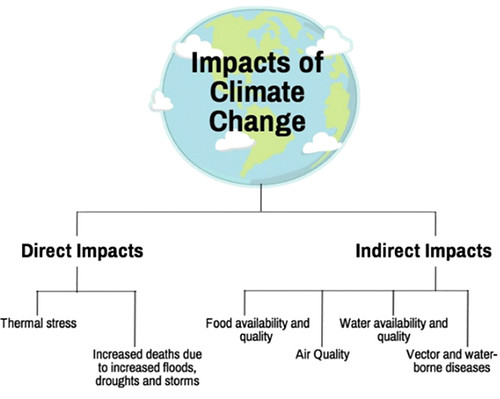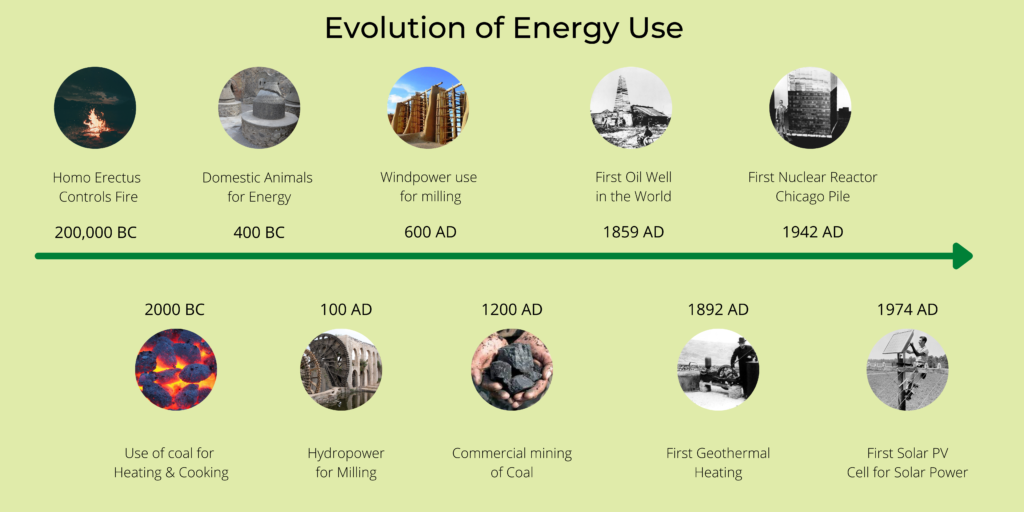Coal use is responsible for over 37% of the global GHG emissions. Since 2016, politics over coal has taken center stage, and there has been hesitancy in reducing coal production. However, the best way to get the production of any commodity reduced is to reduce its demand.
So in this article I will explore the Coal demand and supply matrix, and ways to get off the coal train.
Currently there is more than 4.3 trillion BOE (Barrels of Oil Equivalent) of Coal reserves available in the world. Annually, we consume approximately 41 Billion BOE of coal. This means that we have enough coal reserves to last us a 100 years, till 2120.
The Top 5 consumers of coal, which account for over 75% of the world’s coal consumption are:
- China: 50.5%
- India: 11.3%
- USA: 8.5%
- Germany: 3%
- Russia: 2.7%
The main usage of Coal can be broken as per the following:
- Electricity Generation (Thermal Power): 80%
- Industrial Heat (Primarily Cement, Glass, & Paper): 6%
- Industrial Coke Plants (Non
- Energy Chemical Use): 5%
- Residential Use (Heat): 6%
- Other Commercial Uses: 3%
So if we want to wean off coal, we can see the biggest impact we can have is by making the following two changes:
- Switch Electricity Generation from Coal to other Sustainable sources
- Switch Heat generation from Coal to other renewable sources for the Cement, Glass and the Paper industry.
Challenge 1: Switch to Non-Coal electricity generation:
Coal is used to produce the base load power. The nature of Electricity production, transmission and distribution is such that we need a stable base load to ensure that there are no grid instabilities.
Typically, the power demand varies cyclically from day to day, reaching maximum during day business hours and dropping to minimum during late night and early morning, but never dropping below a certain base. (Figure 9.1) This base load is typically at 30-40% of the maximum load, so the amount of load assigned to base load plants is tuned to that level. The above-base power demand (above the base) is handled by intermediate and peak power plants, which are also included to the grid. The main advantages of the base load power plants are cost efficiency and reliability at the optimal power levels. The main disadvantages are slow response time, lack of fuel flexibility, and low efficiency when operated below full capacity.
This base load is currently primarily generated with Thermal Coal, Hydroelectric, and Nuclear technologies. The key requirement for a stable base load are:
- Cost efficiency – they need to be continuously running
- They should be able to produce electricity with a steady state characteristic
So the key question is what can we use to transition from Coal to support our Base-Load power generation?
A key to supplanting coal powered generation will be the development of storage media able to capture intermittent energy and supply controlled output to match demand. Promising technologies are at the demonstration level. The more decentralized distribution of renewable resources compared to fossil fuels will require reconfiguration of the national electricity grid to better integrate power inputs from more variable input sources and reduce transmission losses from the more remote renewable sites, especially geothermal.
Challenge 2: Switch to Non-Coal heat generation for Industrial applications (Cement, Glass, Paper)
Current technology advances are present that give us a pathway to replace coal with sustainable and renewable sources of energy for industrial use. The choice of the fuel depends on the industry where it is applicable. For example, The needs of the Cement industry which needs to run kilns at a temperature of more than 1500 C is different from the needs of the paper industry which needs to process it pulp in the lower 100s, primarily to make steam and hot water.
Potential replacement sources include:
- Processed Biomass
- Processed Combustible Industrial Waste
- Processed Residential and Biological Waste
- Synthetic Natural Gas
- Green Hydrogen
- Synthetic Bio-oil from sources such as Algae, Seeds, etc
- And Many More …
There are demonstrated and available renewable technologies available for every process heat applications. The commercial viability of the choices will depend on a multitude of factors, including the logistics of transporting the renewable fuel replacement to the point of use. Not all can be employed at the scale necessary for any given application. In order to ensure an Energy Transition, we need to understand the drivers and barriers that each industry faces.


